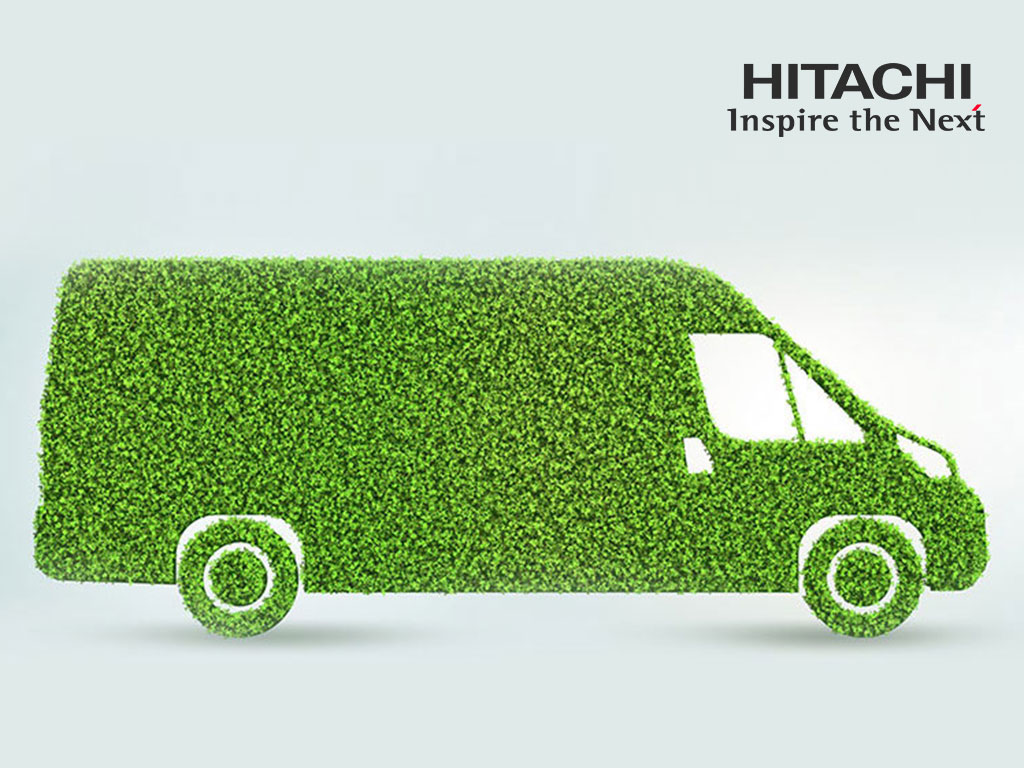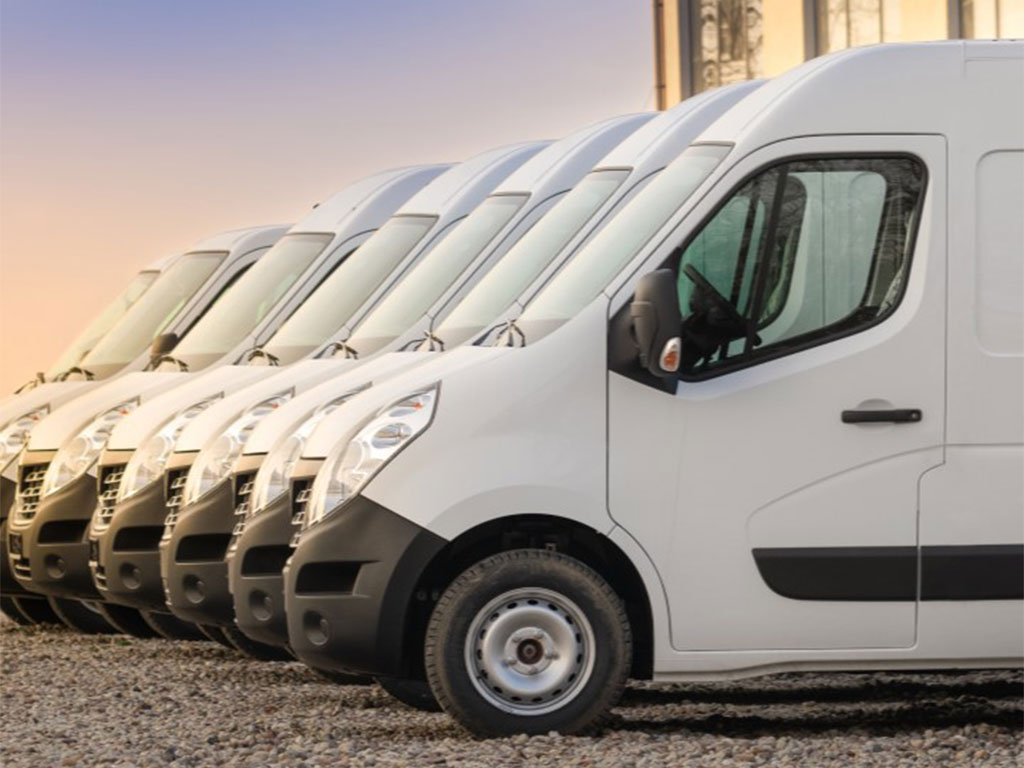Electric vehicles are the future and fleet operators need to become more familiar with them. The question is how?
Switching a van fleet to electric power would introduce a mix of benefits and challenges in moving from a system of understood, tried and tested operations to what may look like a leap in the dark. Which fleet vehicles would benefit most from a switch to electric power? Which vehicles should you consider using? What are the costs involved in operating them and setting up the charging required? How can you understand the total cost of ownership for electric vehicles?
The first stage in the transition to an electric future is to optimise the fleet – make sure you have the right number and configuration of vehicles of the right type in the right places before considering how they should be powered. That involves gathering data on your fleet and its activities to build an operational picture and establish the total cost of ownership. With this information it becomes clearer where EVs can be prioritised.
Delivery and trade vehicles may be relatively easy to identify as those that could easily be replaced by electrically powered models, but that is not the whole story. We know that despite a downward trend in prices, the capital cost of new electric vans is considerably greater than the cost of petrol or diesel-powered models. Electricity is a far cheaper fuel though, helping to reduce the total cost of ownership over the lifetime of the vehicle compared with diesel- and petrol-powered vehicles.
You need to plan ahead with charging stops and build in the extra time needed. Electric vehicles were made for stop/start urban traffic and while they are great on the open road too, motorway speeds will really cut down range.
Processing all this information, understanding the risks associated with changing technology and mitigating the risks is where Hitachi can help.
The company has over 30 years’ experience of running corporate and commercial vehicle fleets with clients including Defra, DHL and Network Rail. The company developed its Intelligent Fleet Decarbonisation programme for fleet managers who want to begin the shift away from the internal combustion engine but are looking for help to make the right investment decisions. The goal is to simplify and take the risk out of the decision-making process.
Hitachi is the Industry Lead on Optimise Prime, an Ofgem-funded innovation project which is the world’s largest trial of commercial EVs. “Experience from the project suggests that, once the fleet is electrified, smart charging controls can save up to 60 per cent of the electricity costs by enabling charging to happen off-peak”, says Mike Nugent, Head of Intelligent Fleet Decarbonisation for Hitachi, “Our TCO modelling gives a clear picture from the outset of whether or not electrification makes sense for a given fleet and enables a compelling business case to be established.” TCO savings could typically be greater than 20 per cent when operating in one of the increasing number of Clean Air Zones (CAZ) such as the London ULEZ.
It is no accident that electric vehicles are exempt from charges for entering the London ULEZ and other CAZs emerging across the country. The lack of tailpipe emissions is making a positive contribution to urban air quality and helping to reduce traffic noise.
Fleets need to begin the process of decarbonisation soon. 2030 is probably less than three vehicle replacement cycles away and there’s a lot to learn in the process. Good expert advice can only make the process smoother and help to control the costs.
Hitachi is also a Principal Partner for COP26, the International Climate Change Summit taking place in Glasgow later this year. As the UK government looks to reduce carbon emissions and strive towards net zero, their stimulus for levelling up electric vehicle adoption keeps rising. Hitachi’s partnership will champion decarbonisation and support he UK government, which currently holds the Presidency of COP26.
Both the growing number of electric vans available and experience and information from fleets that have already committed themselves to EV operations means that developing trends are already clear. Considering TCO, there is a clear payback for many van fleets, so holding back now could have a cost implication. It’s easy to identify the vehicles that do not travel further than the typical electric vehicle range each day, so there is no advantage to holding back on electrification plans for these.
With EV demand still comparatively low, the capacity to upgrade your grid connection to accommodate vehicle charging will only become more costly as the demand for EVs rises over the coming years. Seizing the moment now would contain the capital outlay needed.




